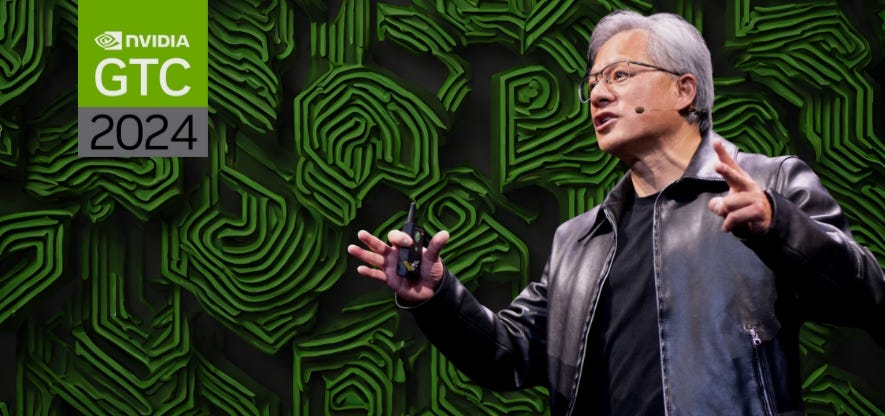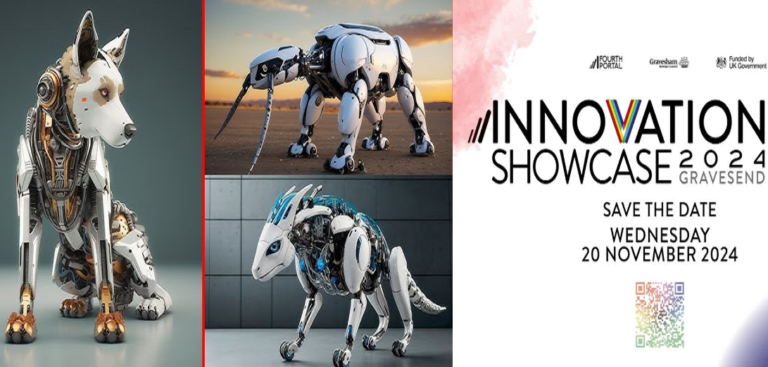Healthcare behemoths like Astellas, Amgen, DNANexus, and Iambic Therapeutics use generative AI with these microservices to enhance antibody design and drug development.
NVIDIA has long placed a significant wager in the healthcare industry. Thus, at the eagerly awaited NVIDIA GTC 2024, the company unveiled a collection of more than 25 new generative AI-powered microservices to empower healthcare organizations worldwide across a range of domains, including drug discovery, medical technology (MedTech), and digital health, precisely on the one-year anniversary of BioNeMo cloud.
Furthermore, BioNeMo now includes new basic models for a range of drug discovery activities, including the analysis of DNA sequences, the prediction of changes in protein structure brought on by drug interactions, and the identification of cell functions from RNA data.
“The medical field is fundamentally complex. In a previous interview, Kimberly Powell, vice president of NVIDIA’s healthcare division, told Hope, “We aim to make it easier for researchers who can fine-tune these models on proprietary data, run AI model inference through web browsers or cloud APIs, and access pre-trained models for drug development.”
More than 25 Microservices of Generative AI
These microservices are available on any cloud platform and provide specialized functions such as digital biology modeling, speech recognition, natural language processing, and imaging.
The suite contains industry-standard APIs for seamless integration into cloud-native systems and NVIDIA NIM AI models optimized for healthcare applications. To speed up workflows in genome analysis, medical imaging, and drug discovery, software development kits and tools such as Parabricks, MONAI, NeMo, Riva, and Metropolis are now offered as NVIDIA CUDA-X microservices.
A component of this suite, NVIDIA NIM Healthcare Microservices, provides optimized inference for a range of models in digital health, MedTech, imaging, and drug development. These comprise molecular interaction analysis, 3D segmentation, protein structure prediction, and generative chemistry models. For tasks like genomic analysis, these microservices offer considerable speed improvements—they may call variants more than 50 times faster than previous approaches.
At the conference, Powell stated, “For the first time in history, biology and chemistry can be represented in a computer, making computer-aided drug discovery possible.”
Using generative AI, pharmaceutical behemoths like Astellas, Amgen, DNANexus, and Iambic Therapeutics use these microservices to enhance antibody design and drug development.
A Novel Baseline Approach for Predicting Protein Structure
New foundation models for a range of drug discovery tasks, including DNA sequence analysis, drug interaction-induced alterations to protein structure prediction, and cell function identification from RNA data, have been added to NVIDIA’s BioNeMo.
These new foundation models include scBERT for single-cell RNA sequencing and DNABERT for genomics analysis. Another model that forecasts protein interactions is EquiDock, which is essential for assessing a medication’s efficacy.
NVIDIA NIM microservices provide access to these models and microservices. NVIDIA NIM microservices like DiffDock and ESMFold shed light on protein folding based on amino acid sequences and drug candidate structures. MolMIM produces medication candidates that are suited to particular protein targets and user-specified features. These models for biological data analysis will soon be accessible on AWS HealthOmics as well.
With AlphaFold, Alphabet has been at the forefront of the race to forecast proteins for a long time. The updated version of AlphaFold 2, which can now predict structures from almost all molecules in the Protein Data Bank (PDB), including small molecules, proteins, nucleic acids, and molecules with post-translational modifications, was released in November of last year by Alphabet-backed Isomorphic Labs and Google DeepMind.
Johnson & Johnson and NVIDIA to Apply AI to Surgery
In addition to creating more than 25 generative AI microservices for the healthcare industry, the business has partnered with Johnson & Johnson MedTech, a pioneer in pharmaceutical technology, to incorporate AI into surgery to enhance clinical decision-making and operating room efficiency.
The collaboration will enable the former to implement real-time analytics and AI-powered applications. J&J MedTech can improve surgical outcomes by securely processing data from several devices in the operating room by utilizing NVIDIA’s IGX and Holoscan technologies. It also makes it easier for third-party models and apps to be deployed because it serves as a shared computing platform.
NVIDIA and J&J MedTech are collaborating to expedite the creation and implementation of AI solutions in operating rooms. The latter uses NVIDIA IGX’s high-speed data streaming capabilities to facilitate the development of real-time AI applications for medical use cases. AI-powered applications might possibly reduce cognitive burden and improve care delivery by evaluating data from devices, patients, and surgical processes to provide valuable insights to surgeons during procedures.















